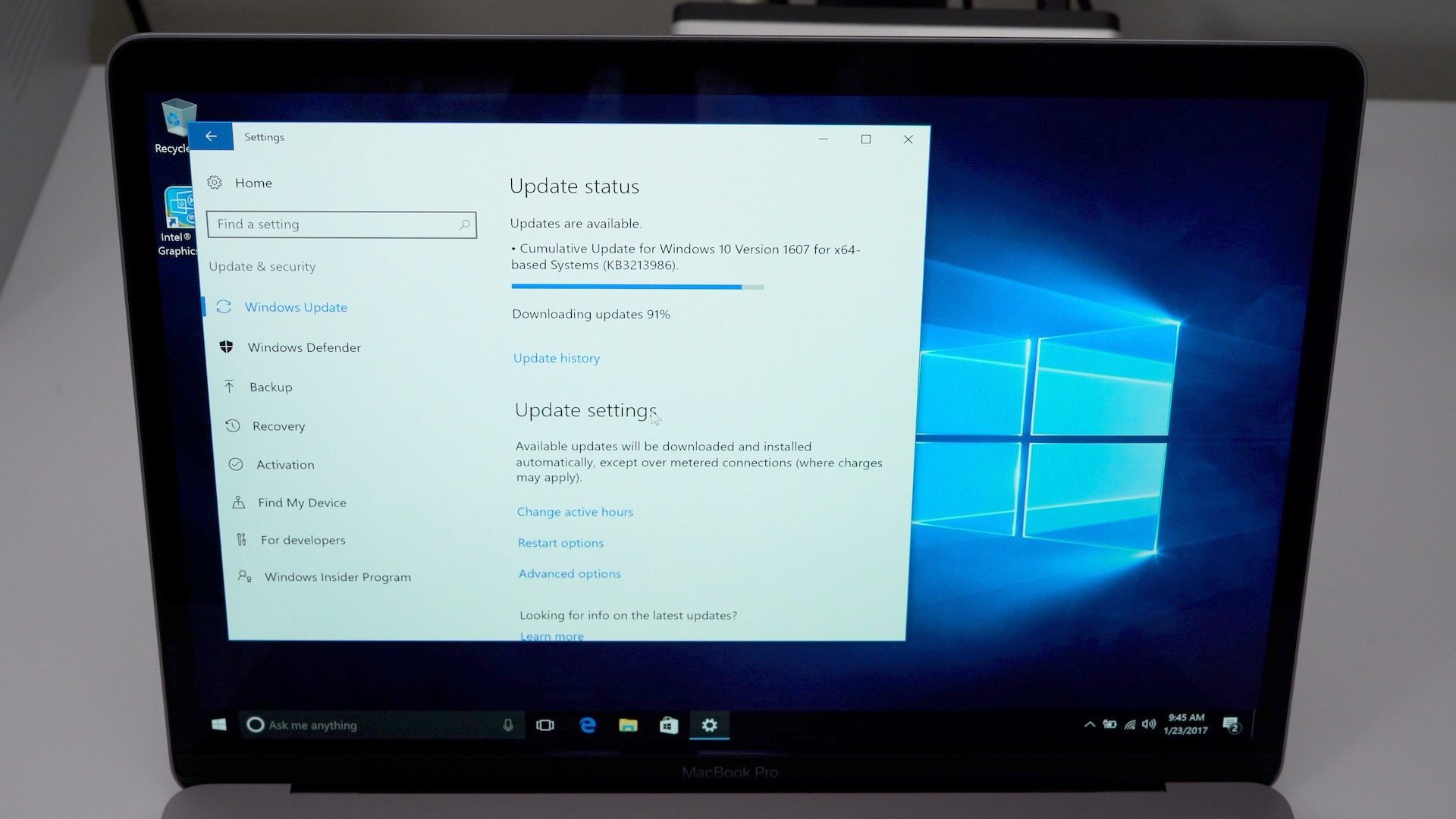
- HOW TO INSTALL WINDOWS 7 ON MAC WITH A USB ISO HOW TO
- HOW TO INSTALL WINDOWS 7 ON MAC WITH A USB ISO PC
Split the Windows image file into smaller files, and put the smaller files onto the USB drive: Dism /Split-Image /ImageFile:D:\sources\install.wim /SWMFile:E:\sources\install. If your image is larger than the filesize limit:Ĭopy everything except the Windows image file (sources\install.wim) to the USB drive (either drag and drop, or use this command, where D: is the mounted ISO and E: is the USB flash drive.) robocopy D: E: /s /max:3800000000
HOW TO INSTALL WINDOWS 7 ON MAC WITH A USB ISO HOW TO
Run Bootcamp (both boxes checked) - Download latest Windows support software - Install Windows 7. How to create Windows 7 bootable USB on Mac Using Etcher: Download Balena Etcher dmg file from this website and install it. Right click > Open With > DiskImageMounter. To format, set the Volume label and leave the File system and Cluster size to default. Set Device to your USB drive and click SELECT to select the Windows 11/10/8.1/8/7 installation media.
HOW TO INSTALL WINDOWS 7 ON MAC WITH A USB ISO PC
File > New Image > Format > DVD/CD Master > Save file. Insert a USB drive (8GB) into your PC and Launch Rufus. Disk Utility > Right click mounted iso file. Windows USB install drives are formatted as FAT32, which has a 4GB filesize limit. Right click ISO file > Open With > DiskImageMounter. Follow the instructions to install Windows. Select the option that boots the PC from the USB flash drive. Turn on the PC and press the key that opens the boot-device selection menu for the computer, such as the Esc/F10/F12 keys. For more information, see Automate Windows Setup. The first time Windows starts, Parallels Tools will be installed to allow seamless operation between Windows and macOS. Once Windows is installed, launch it by opening a Windows application or by clicking the Power button in the Control Center. Optional: add an unattend file to automate the installation process. Click Continue and Windows installation will begin. (See Image 1) Image 1: Mark USB drive partition as Active. Next, right-click on the drive partition and select Mark Partition as Active. Choose the FAT32 file system to be able to boot with UEFI support.

Right-click on the USB drive partition and click Format.

Use File Explorer to copy and paste the entire contents of the Windows product DVD or ISO to the USB flash drive. Press Windows + X and choose to open Disk Management. Step 2 - Copy Windows Setup to the USB flash drive If Mark Partition as Active isn't available, you can instead use diskpart to select the partition and mark it active.


 0 kommentar(er)
0 kommentar(er)
